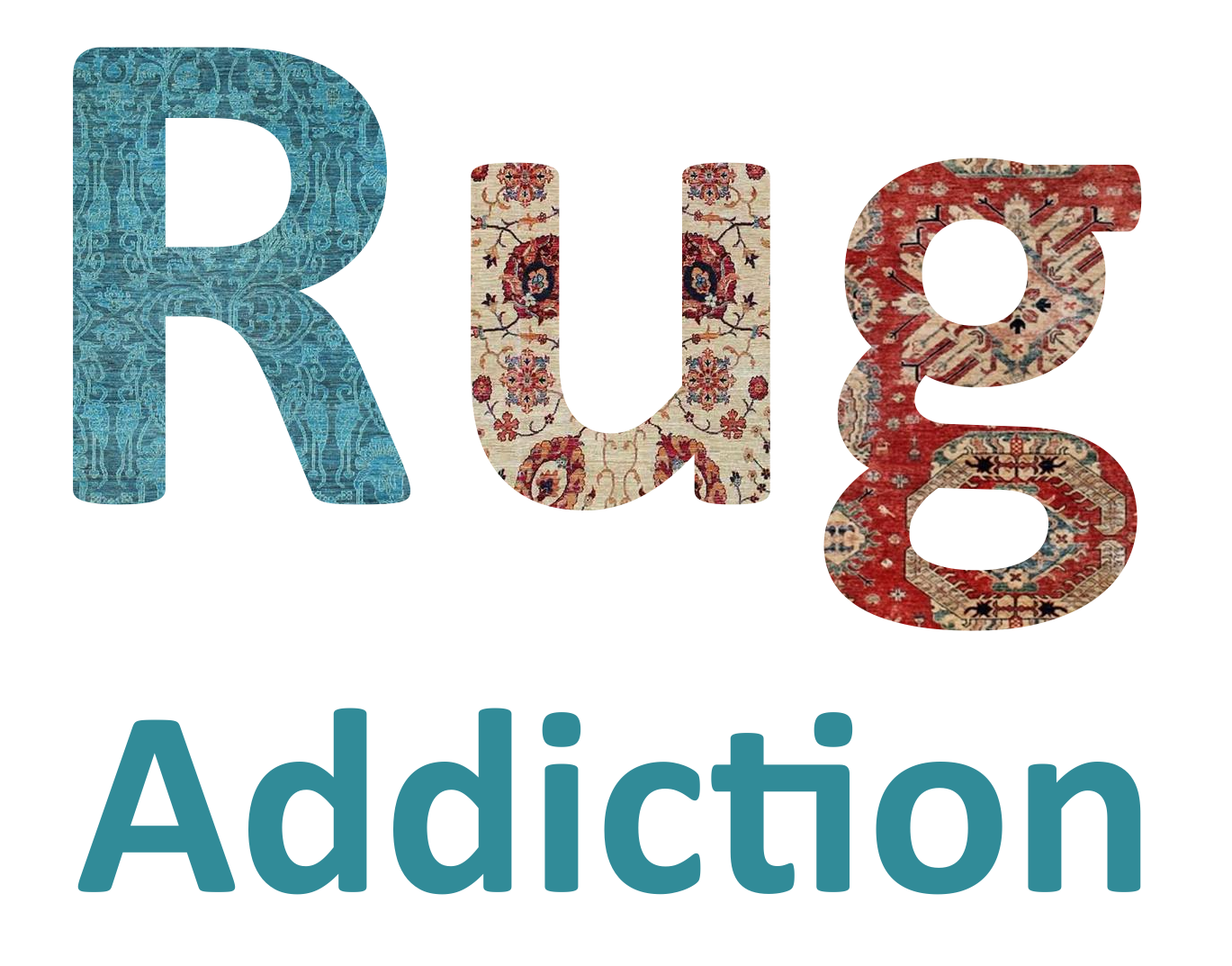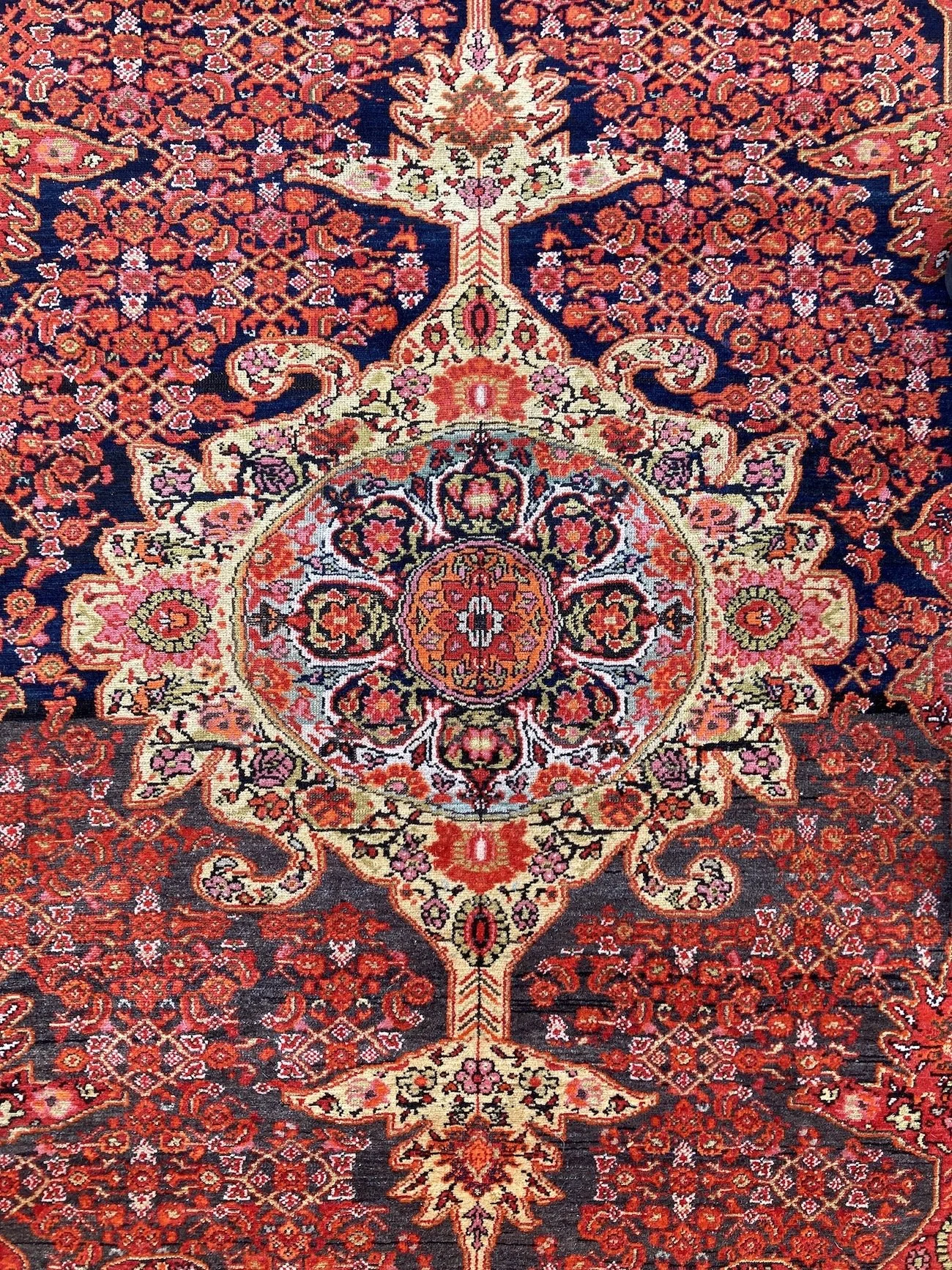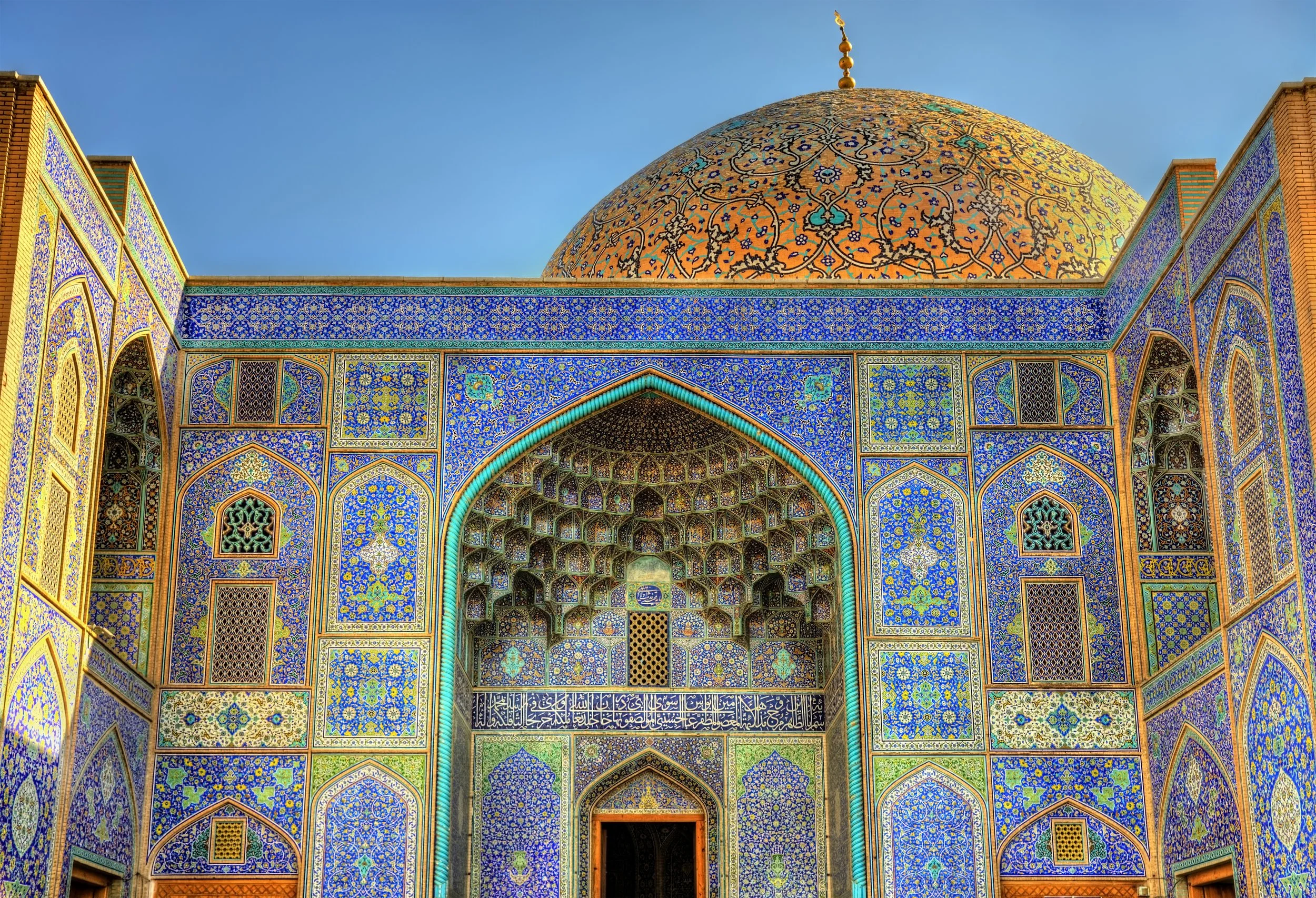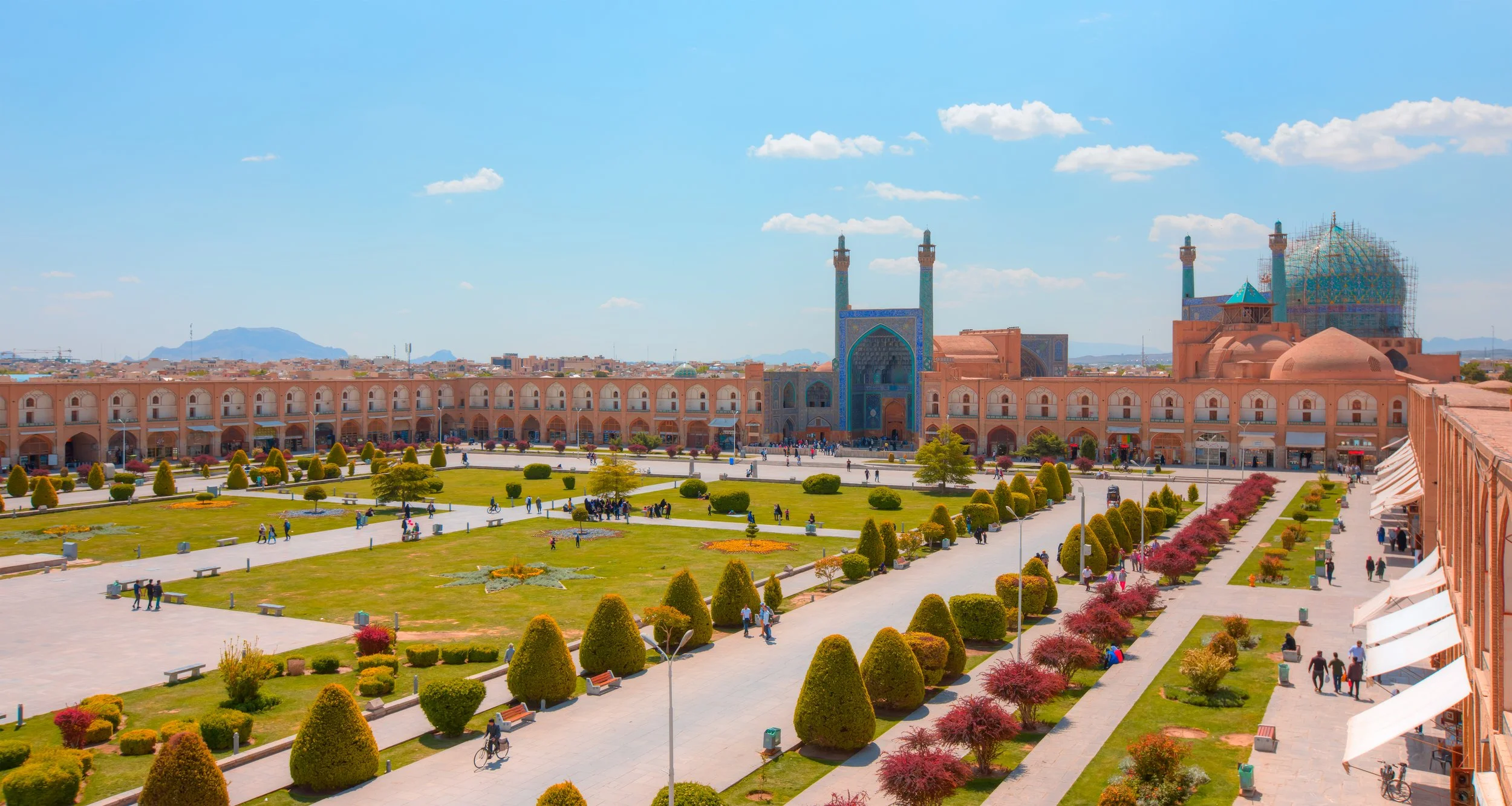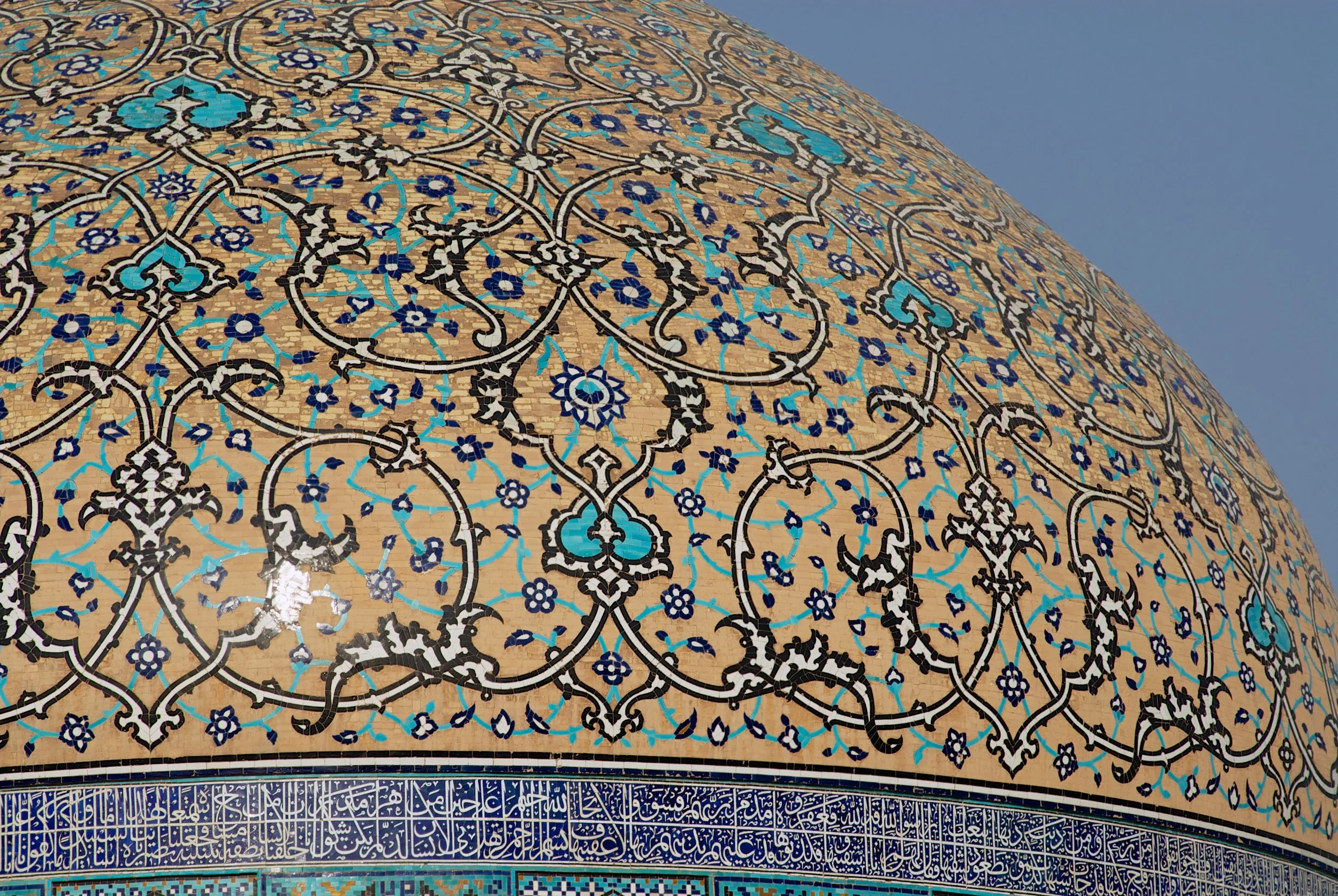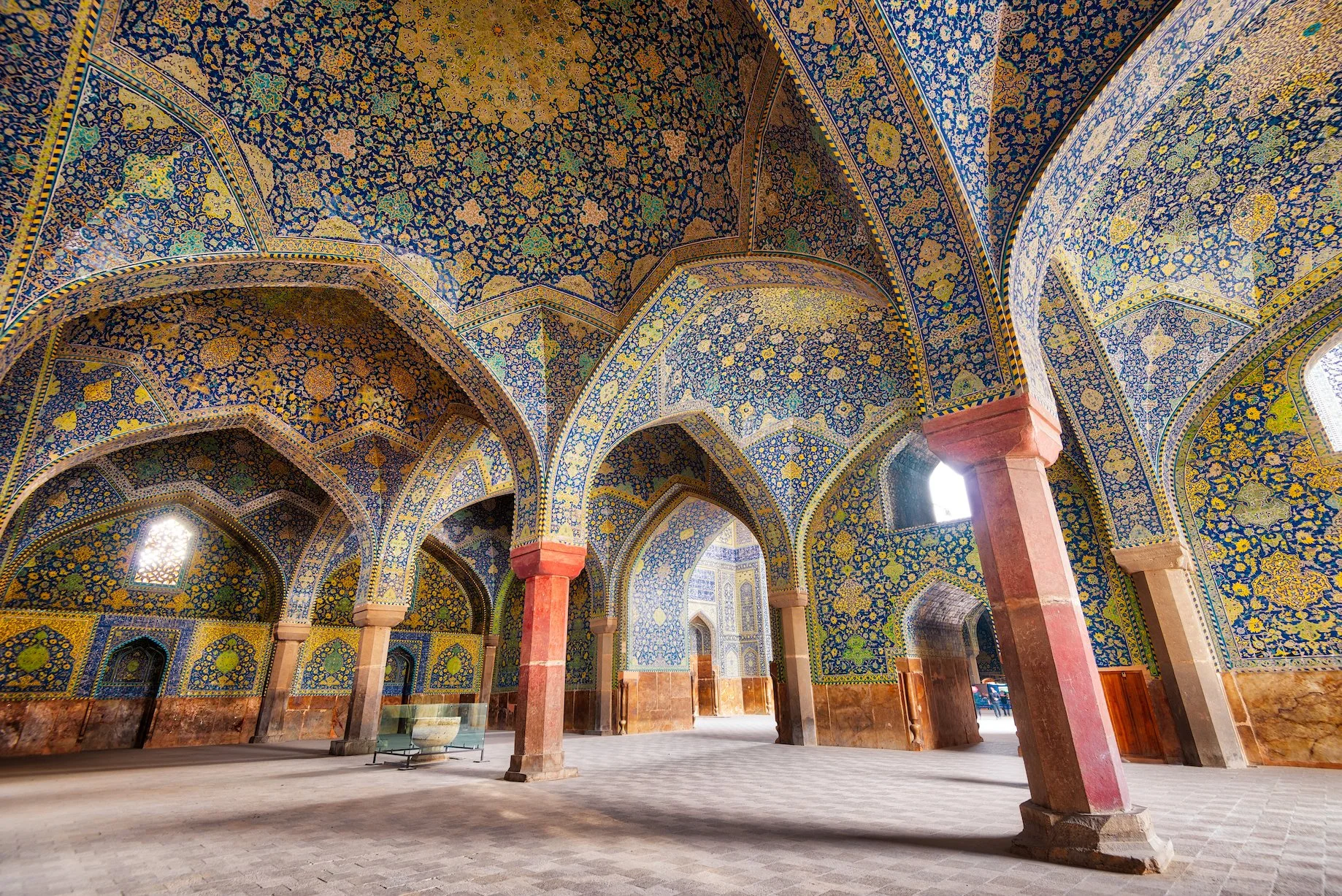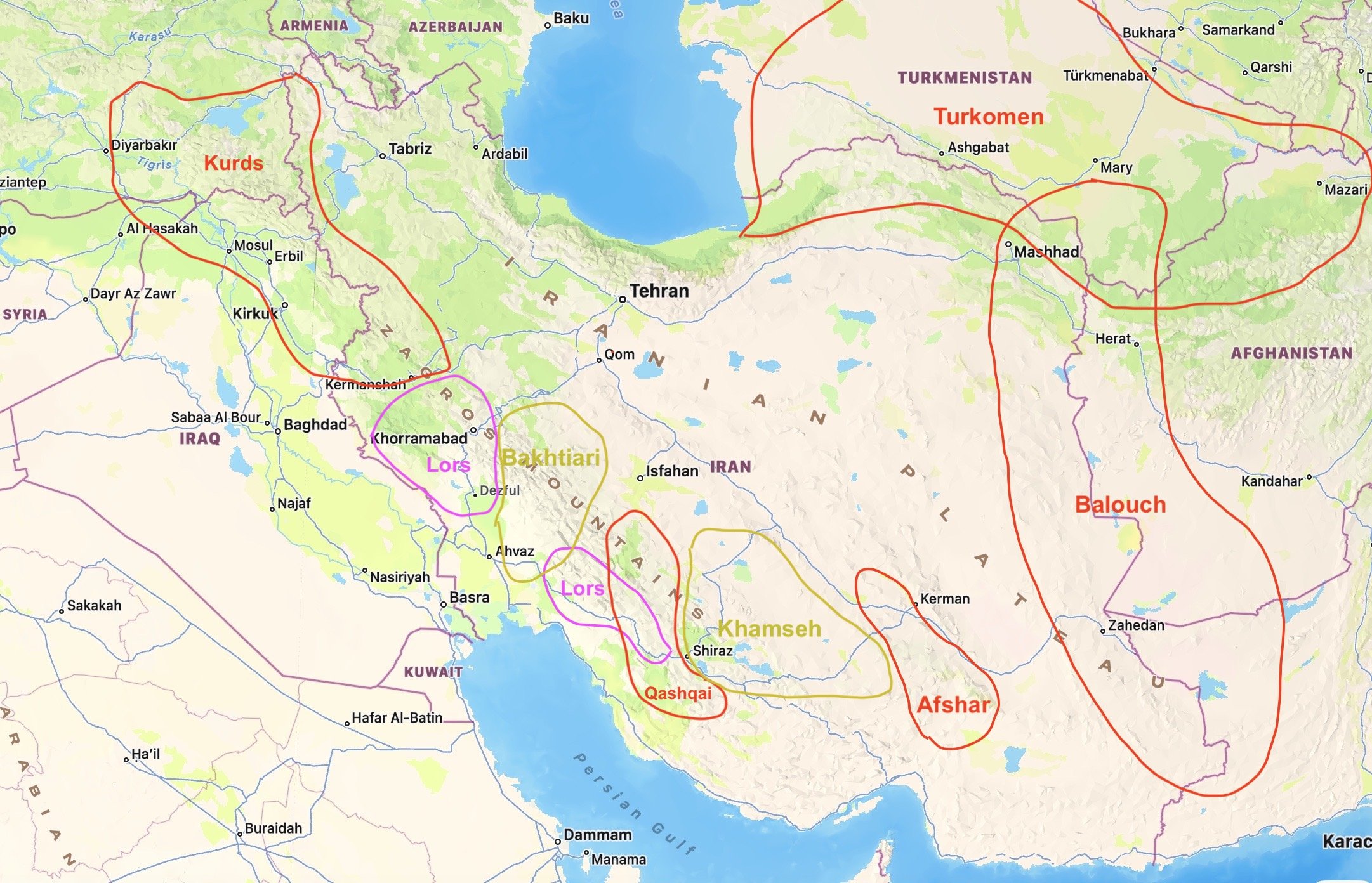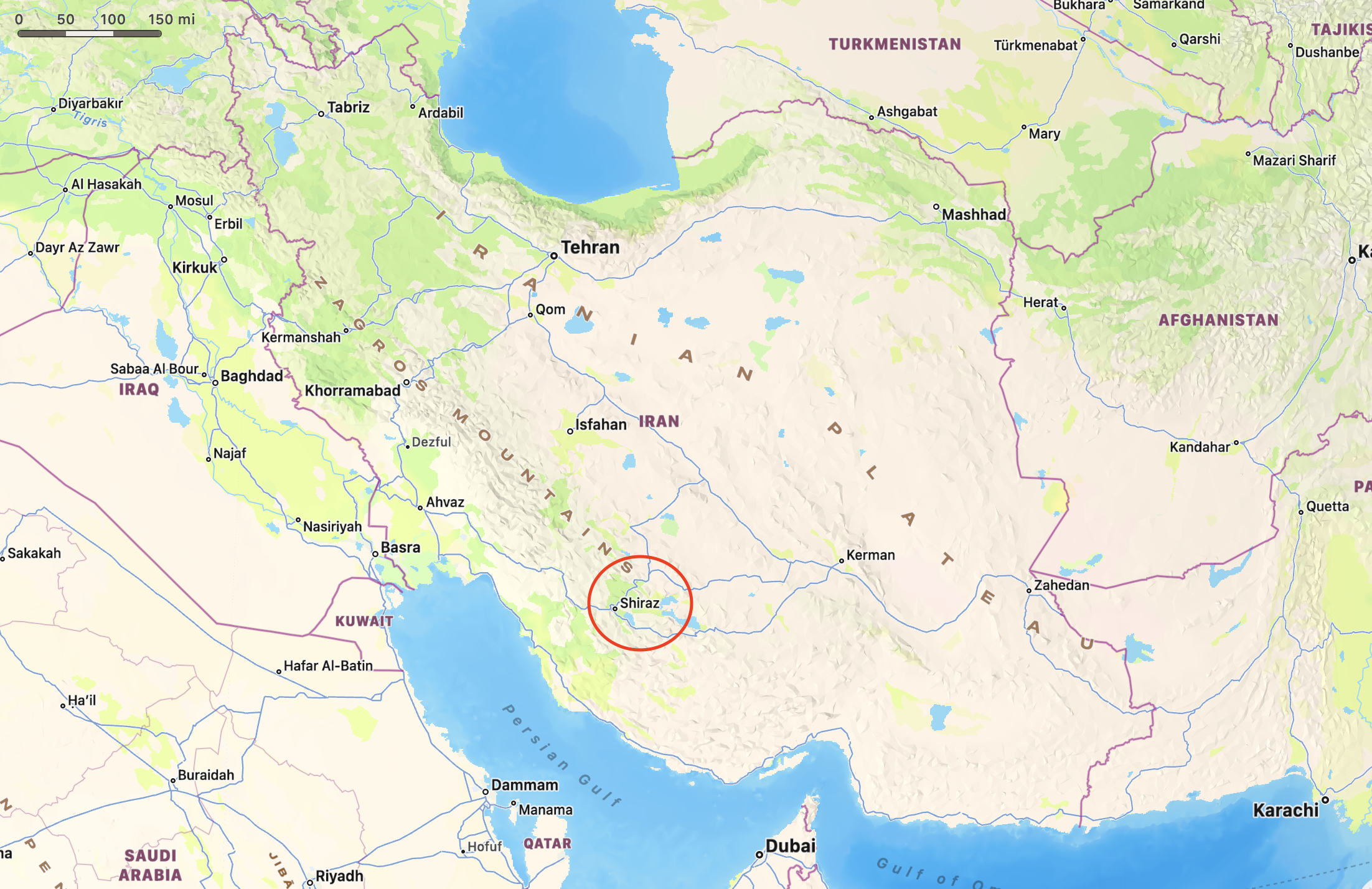Why Antique Rugs Are Better for the Planet
Why Antique Rugs Are Better for the Planet
If sustainability and, well, the planet, are important to you, here's one main reason to consider buying an antique or vintage rug:
They already exist!
An antique rug doesn’t need any wool or dyes, is often transported fewer miles (most of the rugs I find are either in the UK or Western Europe), and won’t take decades to biodegrade when it’s eventually discarded. In fact, a simple wash and light repair can often bring these rugs back to their former glory.
So, what goes into making a new rug, and why isn't it necessarily great for the planet?
What Goes into the Fibres of a New Rug and How Does This Impact the Environment?
Wool
Wool needs sheep. Sheep need land, food, and water. They also produce methane, which is 28 times more potent as a greenhouse gas than carbon dioxide. Water pollution is another concern - faecal runoff and the use of chemicals to treat parasites can contaminate waterways.
Cotton
Although not many rugs are made entirely of cotton, it’s worth mentioning since many rugs use cotton for the warps and wefts. Cotton is one of the most water-intensive crops, requiring about 10,000 litres of water to produce 1 kilogram of lint. This high demand strains water resources in arid areas, contributing to water scarcity. Additionally, cotton cultivation relies heavily on pesticides and fertilizers, which can pollute local water sources. Intensive cotton farming has even led to the desiccation of the Aral Sea, a stark example of environmental mismanagement.
Natural Silk
Silk production requires mulberry tree cultivation, which consumes water (though less than cotton). However, pesticides used in mulberry farming can also pollute waterways.
Bamboo Silk
Bamboo silk is often promoted as eco-friendly because it uses less water. However, its production involves significant chemical processing. Converting bamboo into viscose requires hazardous chemicals like carbon disulfide, which can have harmful environmental effects.
Acrylic, Polyester, Nylon, and Polypropylene
These synthetic fibres are derived from petrochemicals. They take centuries to decompose, often breaking down into microplastics that persist in the environment. Their production also contributes to fossil fuel consumption.
The Dyeing Process
Dyeing is the most water-intensive process in rug manufacturing. It’s estimated that you need 200 tonnes of water to process just 1 tonne of fabric. This water is used for preparing dye baths, rinsing, and washing, creating a significant environmental burden, especially in regions with scarce water resources. The wastewater produced often contains salts, heavy metals, and undissolved dyes, polluting rivers and other water bodies.
Washing and Finishing
This is the first stage where antique and new rugs share similarities. However, all you need for an antique rug is a little mild detergent and water. My antique rugs are washed in the UK, where environmental laws and water treatment processes are highly regulated. In contrast, many new rug weaving countries use environmentally harmful chemicals, and their runoff often ends up polluting local water supplies.
A particular concern is the artificially created “Vintage” rugs popular these days. These are often low-quality rugs treated with harsh chemicals and scrubbed to achieve a specific look. The chemicals used in this process frequently end up in the environment.
Decomposition of Rug Fibres
What happens when a rug is finally discarded? Here’s a rough estimate of decomposition times for different fibres:
Natural Fibres:
Wool: Biodegrades within 1–5 years under aerobic conditions; releases nutrients to soil but also ammonia.
Cotton: Decomposes in about 5 months but may release pesticides into the soil.
Natural Silk: Takes 1–2 years to biodegrade, breaking down into proteins.
Synthetic Fibres:
Nylon: Takes 30–40 years to degrade; contributes to microplastic pollution.
Polypropylene: Highly resistant to biodegradation, persisting for over 100 years.
Polyester: Can take over 200 years to decompose.
Acrylic: Breaks down into microplastics, persisting for centuries.
Is There a Downside?
One downside is that the antique rug market does not directly support current employment in rug-making regions. Buying new rugs from reputable manufacturers helps sustain artisans in these areas, providing critical employment opportunities where they are most needed.
Conclusion
Antique rugs aren’t just beautiful - they’re better for the planet. Next time you’re searching for a rug, consider one with history, charm, and an eco-friendly footprint.
Browse my collection of stunning antique rugs here!
